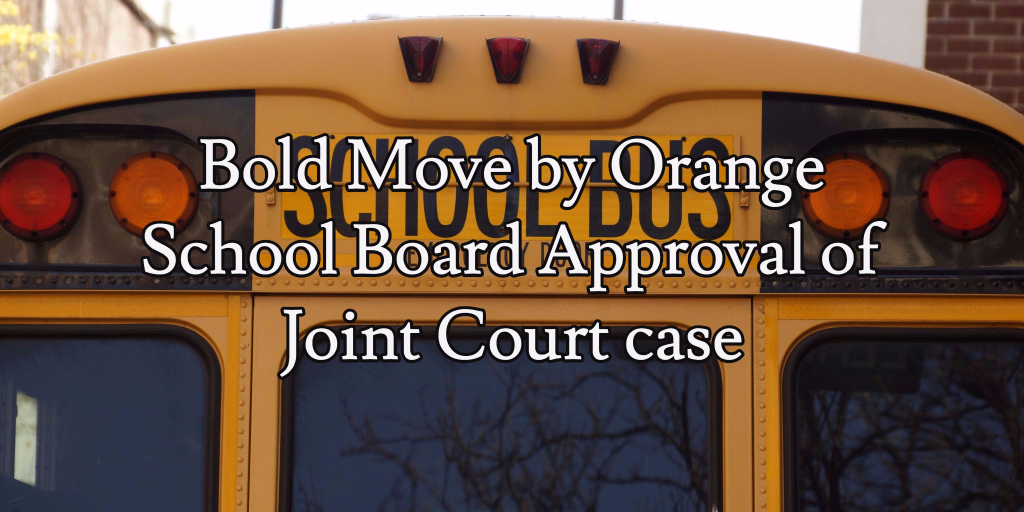The recent wrongful death law suit filed by Florida Personal Injury Lawyer, Don Fountain and the legal team working at Clark, La Vista, Fountain, Prather, Littky-Rubin, and Keen, and the co-counsel at the Copper Firm, has led to an NBC consumer investigation that focuses on the potential hazards of recreational boating. The lawsuit was filed on behalf of a family in Lake Worth, FL. The family lost their 7 year old son in an unfortunate recreational boating accident. The lawsuit alleges that the boat manufacturer, Malibu Boats, used an improper design for their boat and further failed to test the vessel.
How Did The Accident Take Place?
Ryan Batchelder, the 7 year old who died in the boating accident sustained fatal injuries after being washed out of the seat of the Malibu Response boat. The bow of the boat swamped and dipped causing it to take on water and washing Ryan and one of his family members overboard. The driver of the boat tried to reverse the boat to prevent it from sinking, but to no avail. Ryan was entangled on the boat’s propeller and died from blood loss and drowning.
Findings by NBC
Investigations into the case have found that the authorities at Malibu Boats had expressed concerns regarding the design of the boat that caused Ryan’s death. Their concerns address the new design of their boat that put additional seats to the bow and added more weight on the front of the boat. Malibu Boats claims that it tested this new design but they had no records or documentation of such testing.
Apart from highlighting the dangerous practices involved in designing recreational boats, NBC has raised questions regarding the regulations that allow manufacturers to test their own boats instead of a government agency such as the U.S. Coast Guard. Currently, the U.S. Coast Guard’s authority with regards to recreational boats is focused on the safety equipment stored in these boards and enforcing laws on the water.
The legal team representing Ryan’s family intends to use this lawsuit to get justice for the child and his family, and to lobby for changes in the recreational boating sector that will focus on public safety.











